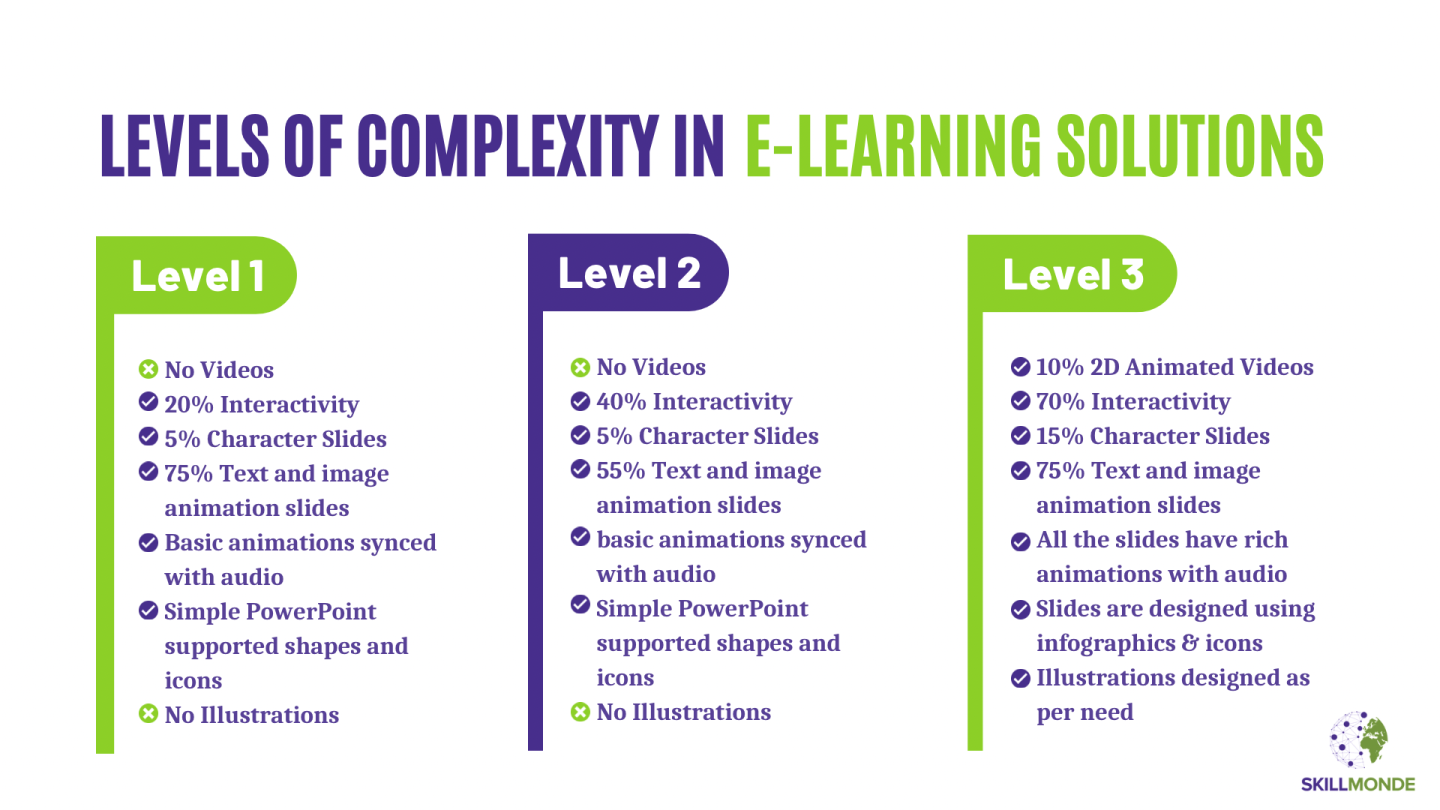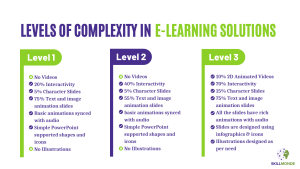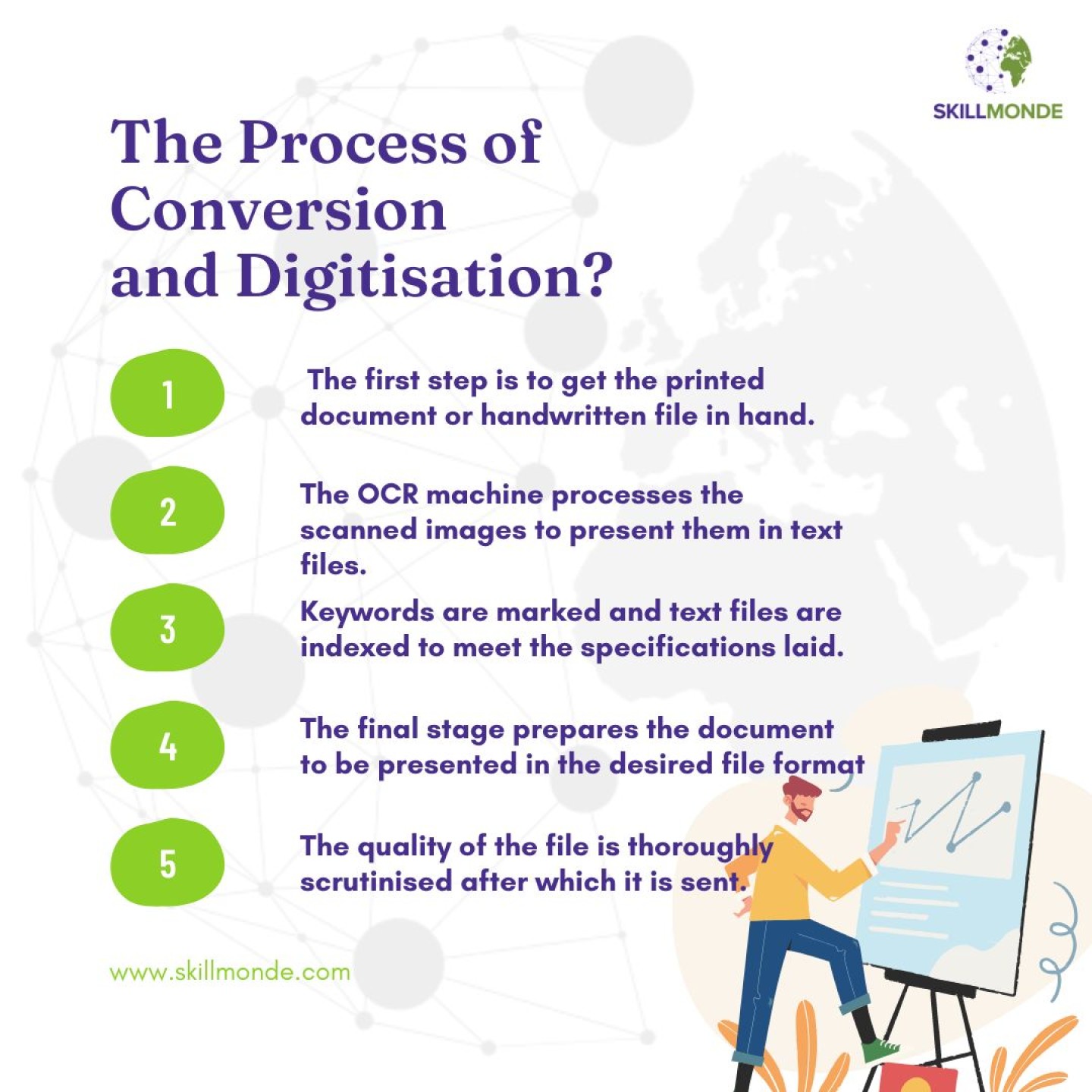The Frankfurt Book Fair: A Hub of Literary Excellence
Every year, the literary world converges upon the bustling city of Frankfurt, Germany, for a spectacular event that stands as a beacon of innovation, creativity, and knowledge exchange. The Frankfurt Book Fair, known locally as "Frankfurter Buchmesse," is the world's largest trade fair for books. For professionals and publishers in the ever-evolving publishing industry, this event is a must-attend affair.
In this blog, we'll dive into the essence of the Frankfurt Book Fair, its significance for publishers, and how SkillMonde's services cater to the diverse needs of the publishing world, including book composition and typesetting, editorial services, content development, translation, and ebook production services.
Why Frankfurt Book Fair Matters
- Global Networking: The Frankfurt Book Fair serves as a global hub for publishers, authors, agents, and industry professionals to connect, exchange ideas, and forge collaborations. It's a marketplace where the world's publishing trends are showcased and discussed.
- Rights and Licensing: Publishers flock to Frankfurt to buy and sell international rights and licensing deals. It's a prime opportunity to expand the reach of your publications and introduce them to new markets.
- Innovation and Insights: Stay at the forefront of industry innovation by attending seminars, workshops, and presentations. Frankfurt offers a glimpse into the future of publishing, from digital trends to sustainable practices.
- Content Diversity: The fair isn't limited to books alone. It's a platform for all forms of content, including audiobooks, graphic novels, educational materials, and more. This diversity offers publishers new avenues for growth.
- SkillMonde's Role: As you explore the Frankfurt Book Fair, you'll encounter the services of SkillMonde, a trusted partner for publishers worldwide. Here's how we cater to your specific needs:
Book Composition and Typesetting: SkillMonde's skilled team specializes in book composition and typesetting. We ensure your publications are not just informative but visually appealing, engaging readers on multiple levels.
Editorial Services: Quality is paramount in publishing. Our editorial experts meticulously review and edit your content to ensure it meets the highest standards of grammar, style, and clarity.
Content Development: SkillMonde understands the importance of fresh, relevant content. We work closely with publishers to develop captivating material that resonates with today's readers.
Translation Services: In a globalized world, translation opens doors to diverse markets. Our translation services help you reach a broader audience by making your content accessible in multiple languages.
Ebook Production Services: With the rise of digital publishing, ebooks have become indispensable. SkillMonde specializes in ebook production, ensuring your digital publications are accessible and engaging.
Frequently Asked Questions (FAQs)
- How can I make the most of my visit to the Frankfurt Book Fair?
- Plan ahead and set clear objectives.
- Network actively and attend relevant seminars.
- Explore SkillMonde's services for publishing solutions.
- What trends should I watch for at the Frankfurt Book Fair?
- Keep an eye on digital publishing innovations.
- Sustainability practices are gaining traction.
- Explore diverse content formats beyond traditional books.
- How can SkillMonde enhance my publishing efforts?
- SkillMonde offers a range of services, from editorial support to translation, to elevate the quality and reach of your publications.
The Frankfurt Book Fair is more than an event; it's a journey through the ever-evolving landscape of global publishing. As you navigate this literary treasure trove, consider SkillMonde your partner in crafting and sharing stories that transcend borders and cultures. We're here to empower publishers with the tools and expertise needed to thrive in the dynamic world of publishing.
Join us at the Frankfurt Book Fair, where words come to life, ideas find their wings, and SkillMonde stands ready to be your guide in the realm of publishing excellence.






